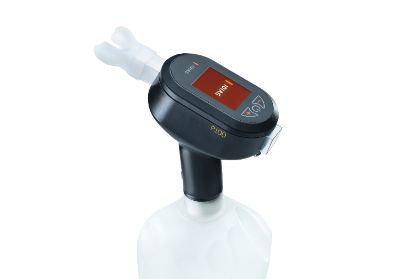- Research Project
Personalisable respiratory muscle trainer Idiag P 100
The Institute for Human Centered Engineering HuCE at Bern University of Applied Sciences has produced the concept for a latest-generation respiratory training device for Idiag AG.
Factsheet
- Institute(s) Institute for Human Centered Engineering HuCe
- Research unit(s) BME Lab
- Duration (planned) 01.08.2013 - 28.02.2017
- Head of project Volker M. Koch
-
Project staff
Jörn Justiz
Diego Stutzer
Damien Maurer
Adrian Sallaz
Markus Lempen -
Partner
Idiag AG
ETH Zurich
University of Zurich
Starting Point
Humans perform around 20,000 breathing cycles a day when at rest. The respiratory muscles can become fatigued due to this daily exertion, strenuous activities or illnesses. Targeted training of the respiratory muscles, however, helps prevent such fatigue. To strengthen the respiratory musculature, improve health and enhance sporting performance, the Institute for Human Centered Engineering HuCE at Bern University of Applied Sciences BFH – in conjunction with ETH Zurich, the University of Zurich (UZH) and other partners – laid the foundation for the development of the Idiag P100, a latest-generation training device.
Approach
Together with its partners, the BFH team, led by Prof. Dr Volker Koch, developed the device’s operating model. This involved creating a system concept, defining requirements, developing a mechanical design, electronics and software, selecting and integrating suitable sensors and developing effective CO2 regulation.
All-in-One Device
A unique feature of the new respiratory muscle trainer is that it combines strength, endurance and interval training in one device. The various monitored training modes can be selected via touchscreen. The training schedule can be automatically personalised for users by undertaking a simple initial test on the respiratory musculature. This means the respiratory training device can optimise the physical performance of people with different fitness levels. The device measures the airflow, pressure and carbon dioxide content of the exhaled air. Two highly sensitive valves mix fresh air and expired air in an optimal ratio. This eliminates any risk of hyperventilation, hypoventilation and light-headedness.

